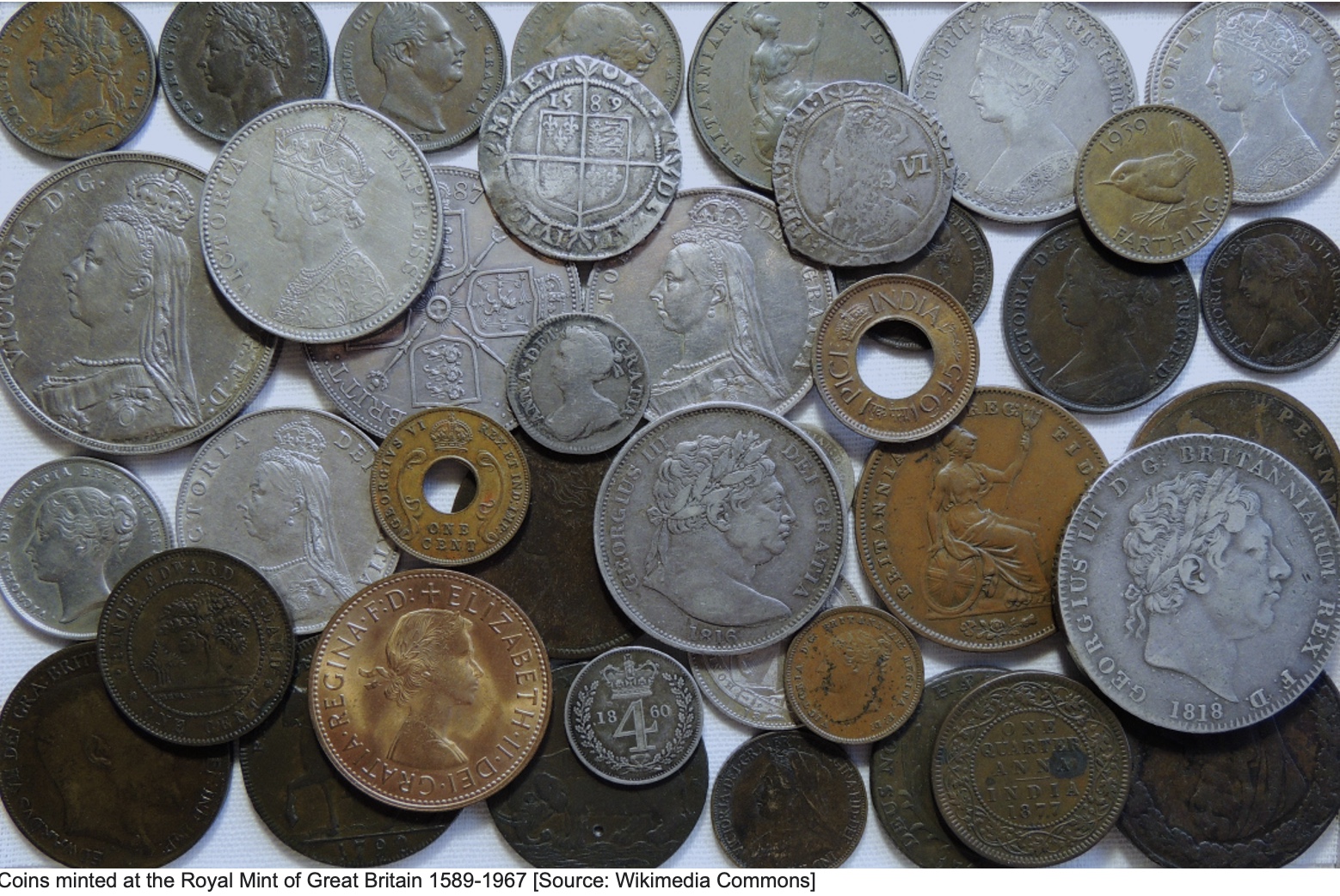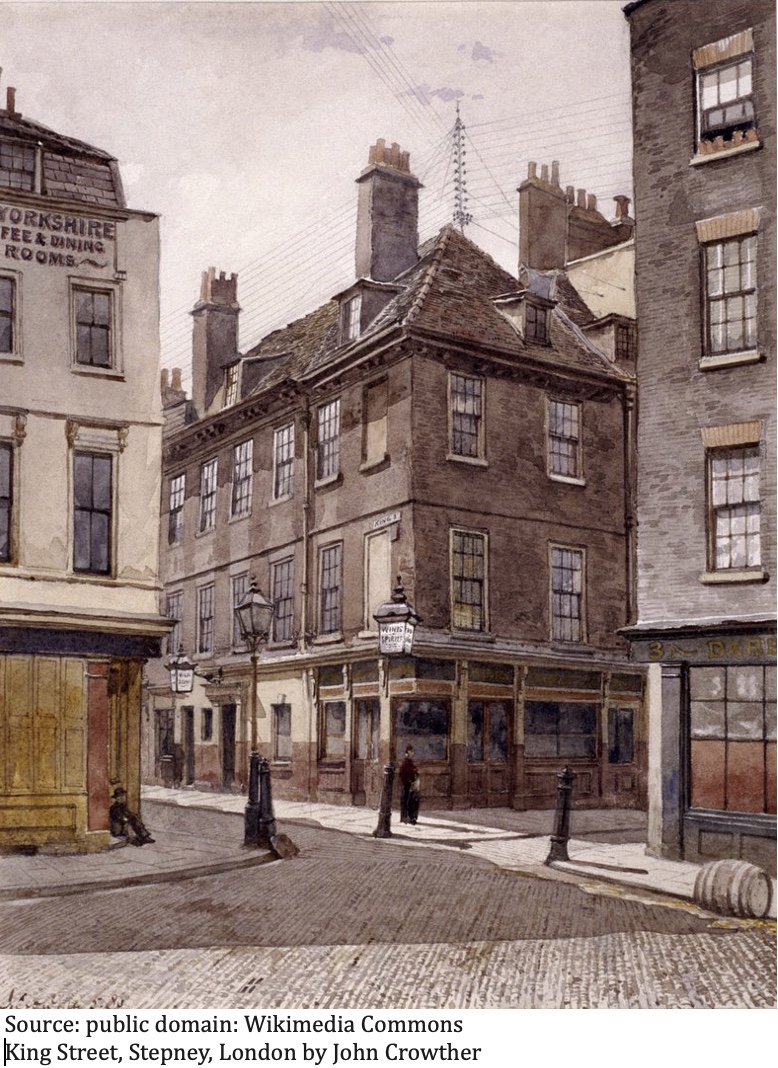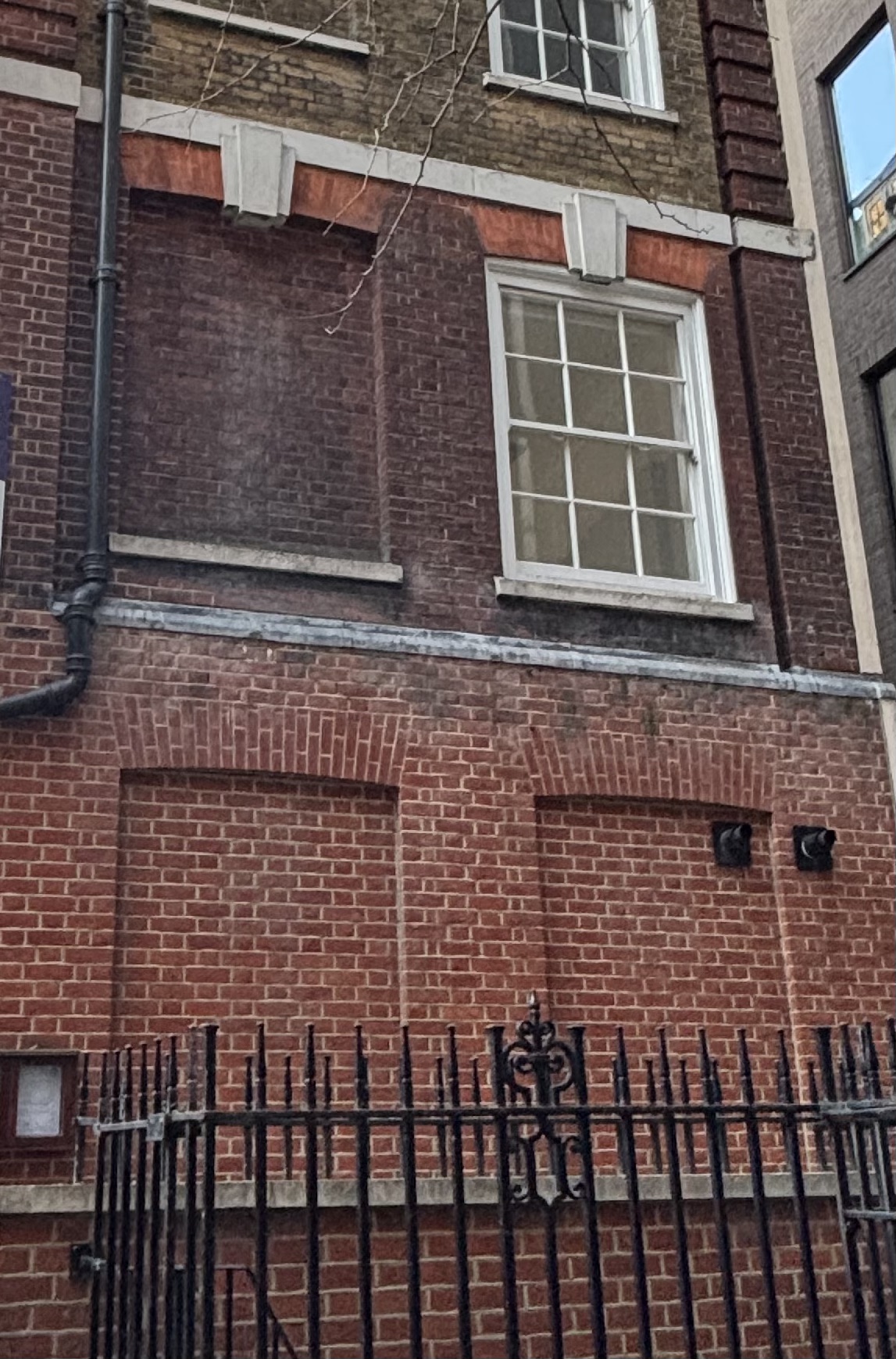Connections: Bricked up windows and tax avoidance
3 mins to read | August 10th, 2025
They say that when walking around in a city you should always look up. And if you do that in London you may notice lots of bricked up windows.
But what’s the connection between these bricked up windows and tax avoidance?
To answer that – we need to go back to the reign of William III in the late 1600s.

In the late 1600s the government was losing a lot of revenue to the practice of coin clipping – where coins were shaved or clipped for their silver which would then be melted down and sold or used to make counterfeit coins. William III was determined to sort that out, and so began the Great Recoinage of 1696-1699 which saw all old coins replaced by new more robust coinage.

Ironically, that cost the government a fortune and they needed to raise money to pay for it.
The result was the window tax. Introduced in 1696, it was meant to be a progressive and fair tax. So if you had a house with 10 or fewer windows, you paid a 2 shilling house tax. More than ten windows, you paid additional taxes in line with the number of windows. In other words, the richer folk in the bigger houses would pay more tax.
While it worked as intended in the rural areas, it did not work so well in the cities where the working class lived in large tenement buildings. Although subdivided, these tenement buildings were considered to be one dwelling house for tax purposes. The property owning landlord therefore faced a hefty window tax bill.

To avoid it, the landlords started bricking up windows and covering the vents (which were also considered to be windows for the purposes of the tax). And new buildings were constructed with minimal windows and ventilation.
In the mid 1770s it was extended to include houses with seven or more windows. Even more windows were bricked up.

This led to inadequate ventilation and light in tenants' living quarters, which in turn led to a significant increase in cases of typhus, smallpox and cholera.
After a national campaign against the tax, the window tax was finally repealed in 1851.
The tax may have gone but we still have reminders all over the City of London. And it is thought that this is where the saying "daylight robbery" originated. We are not sure if that’s true, but it certainly describes what happened to the poor tenants.
